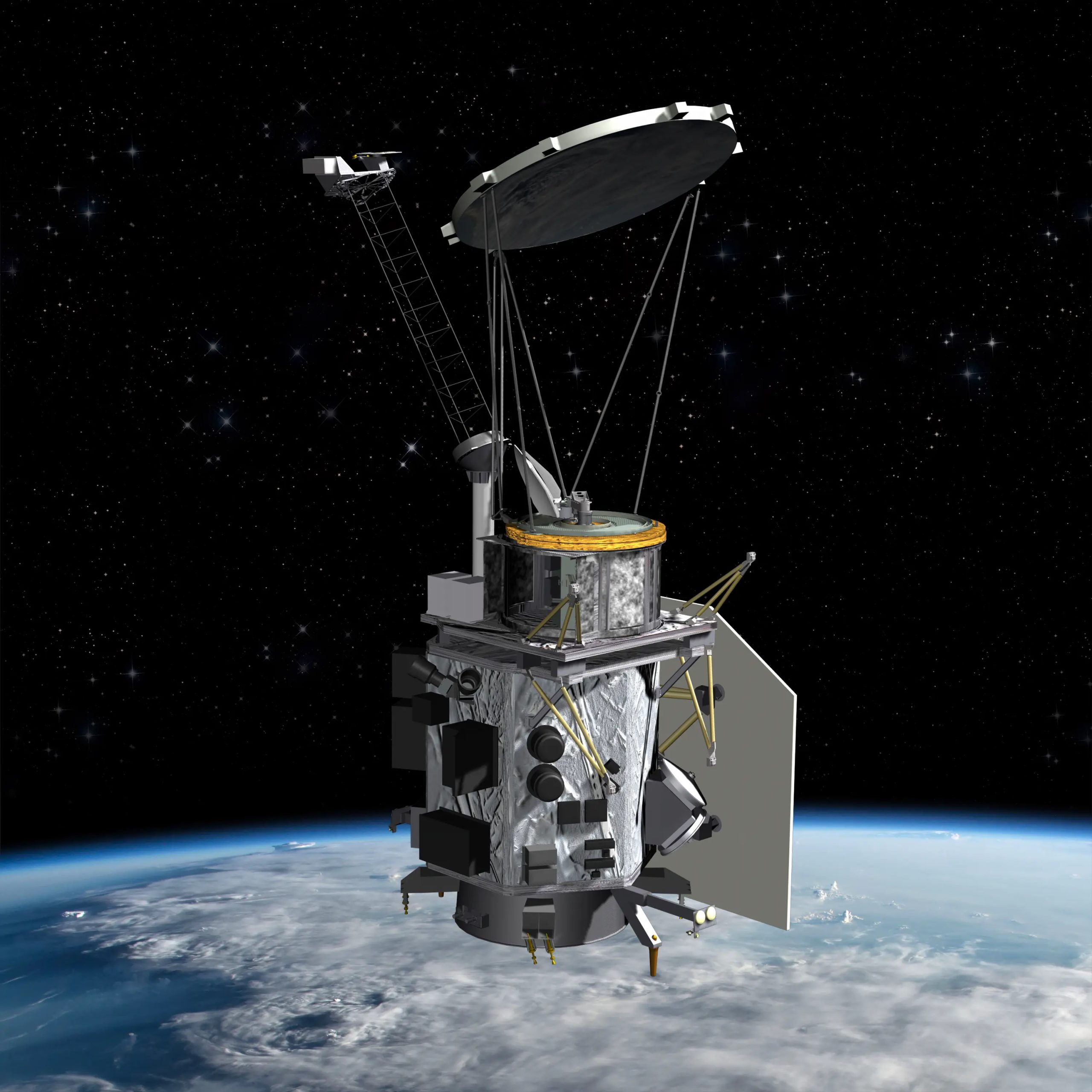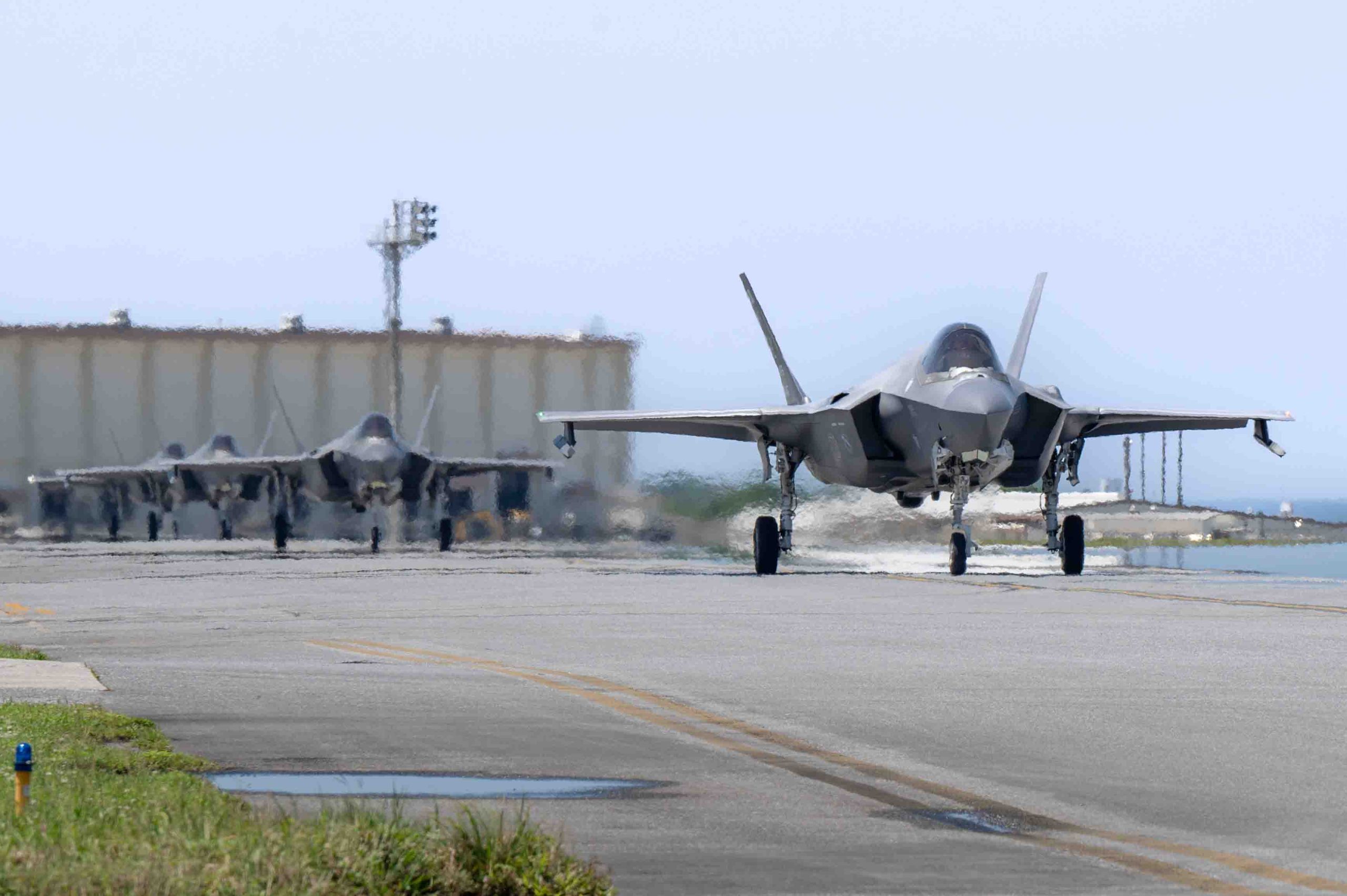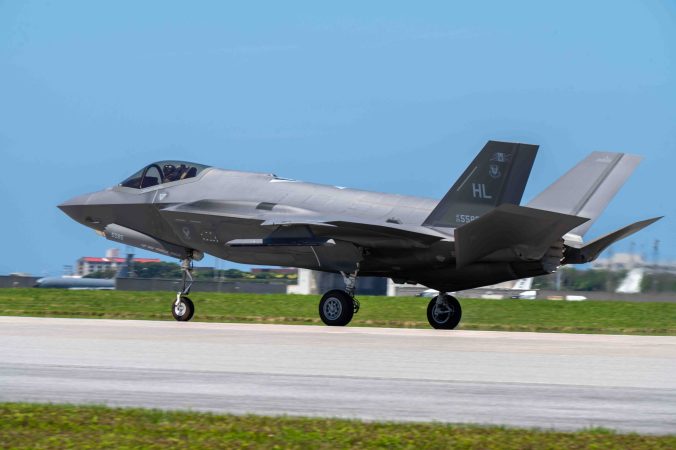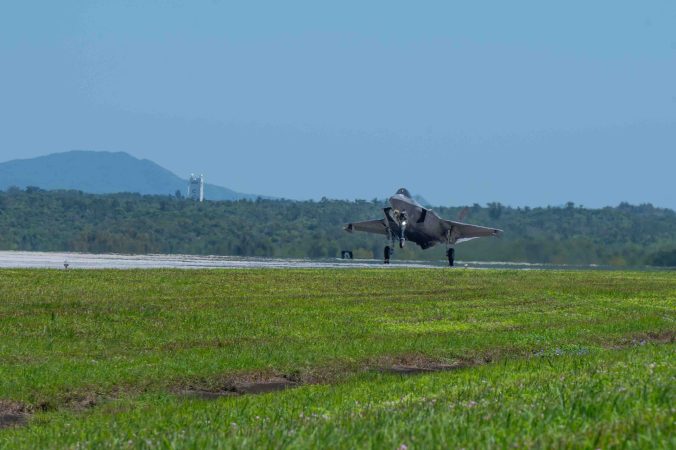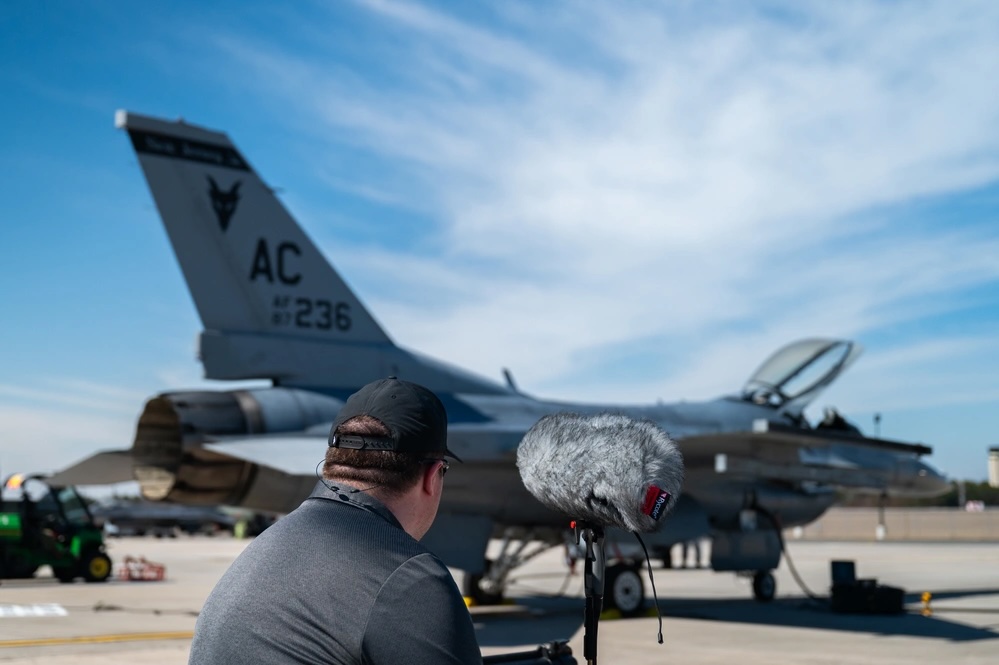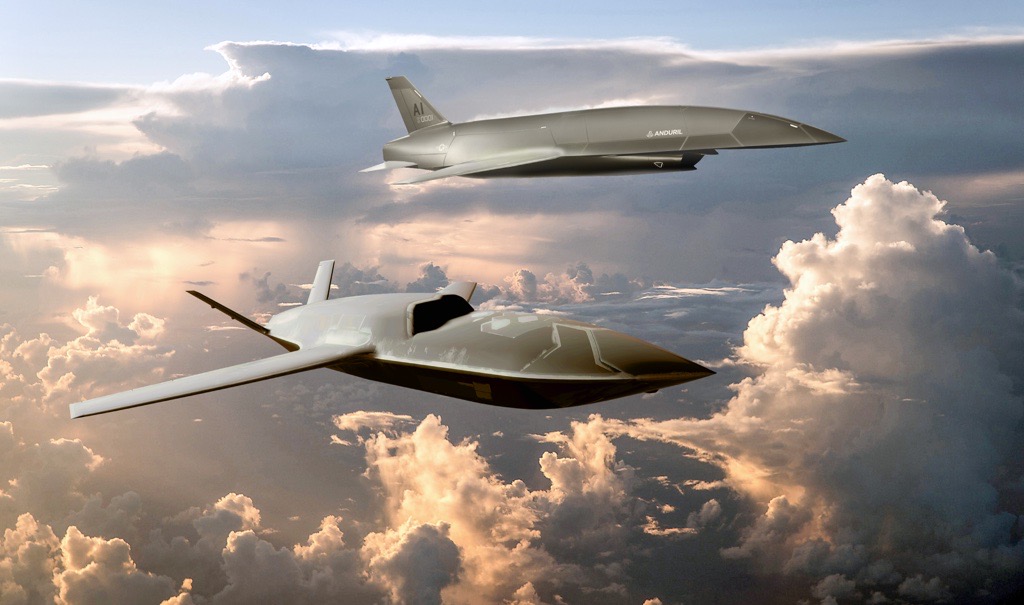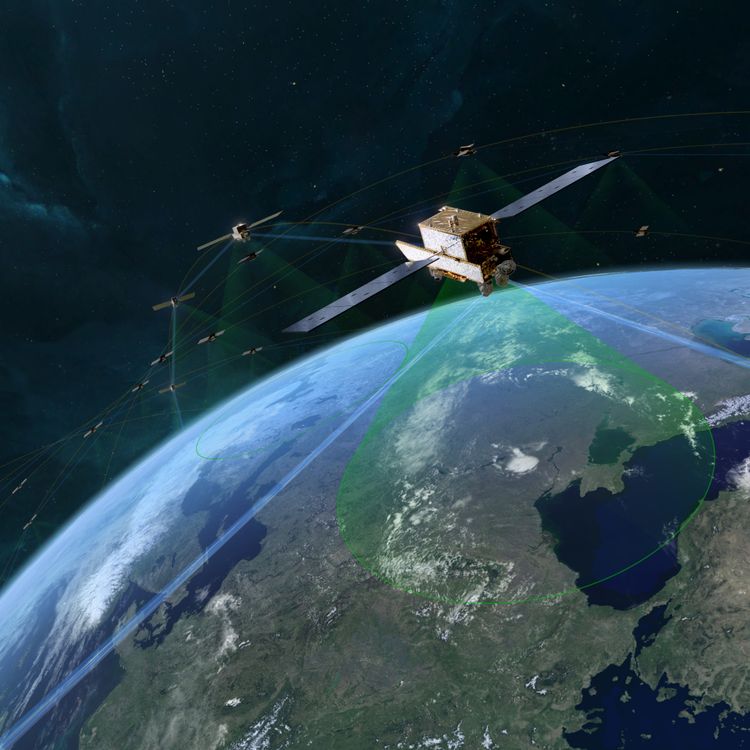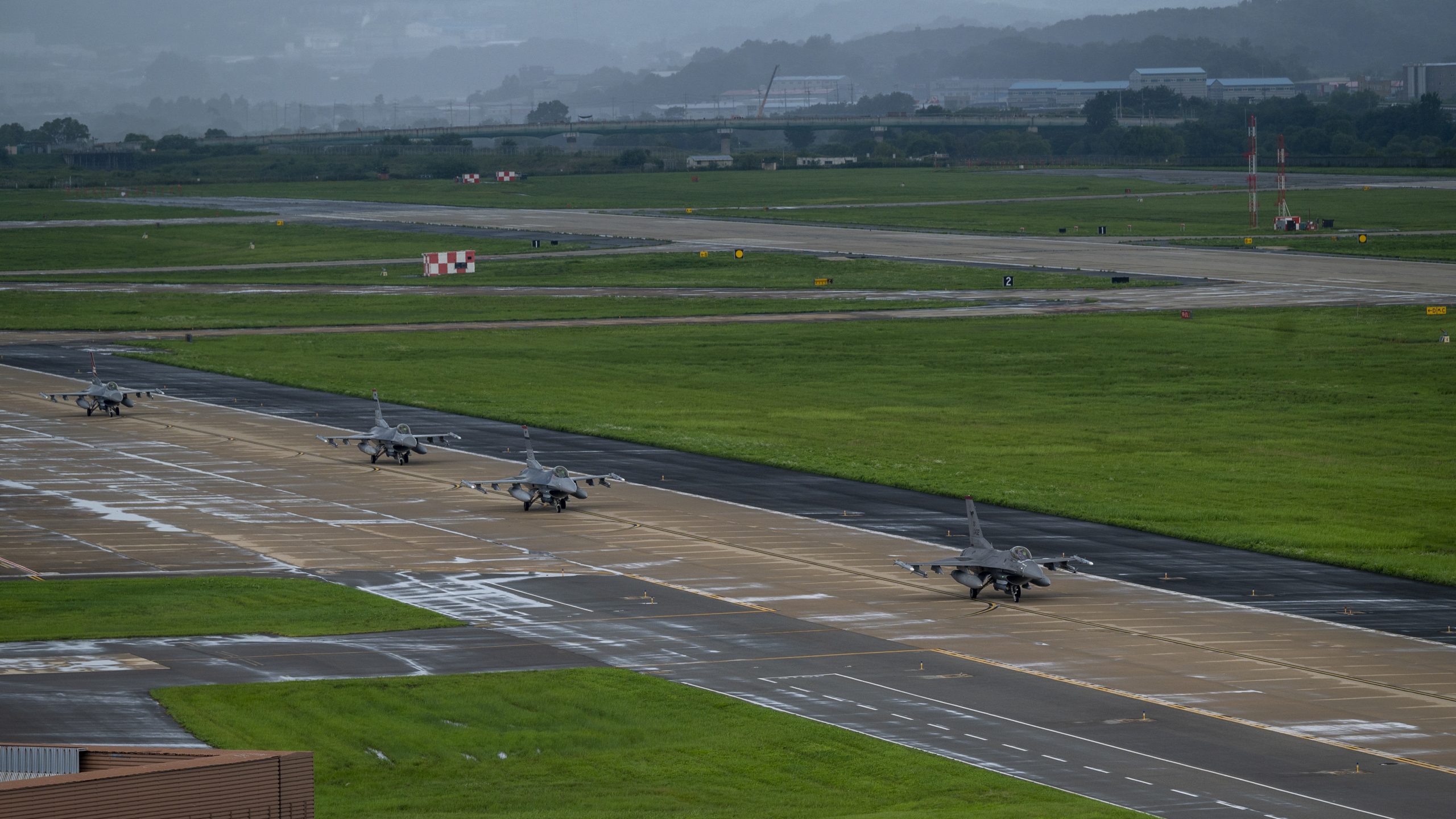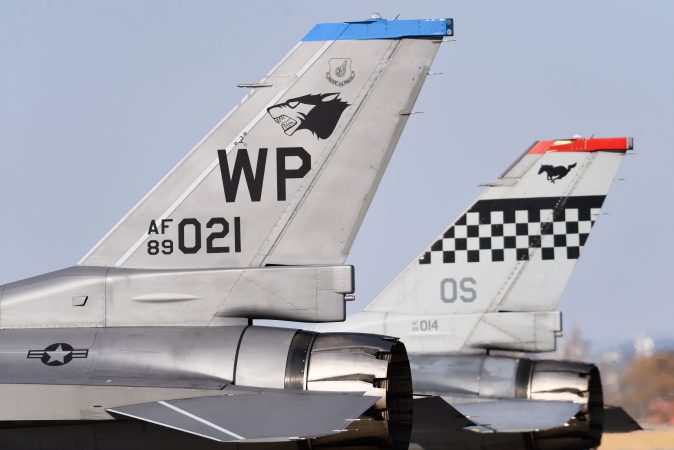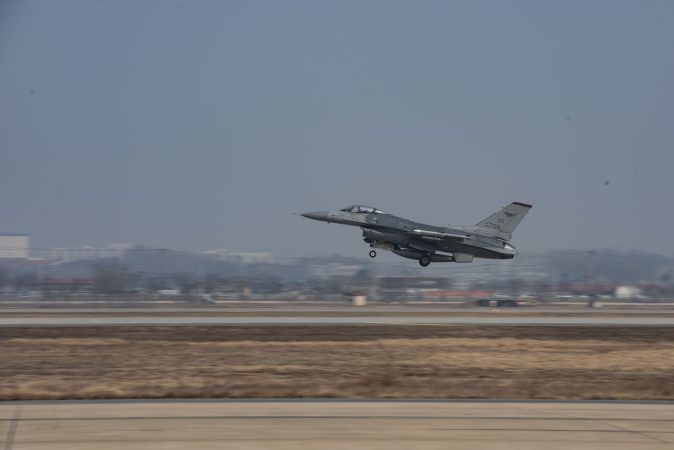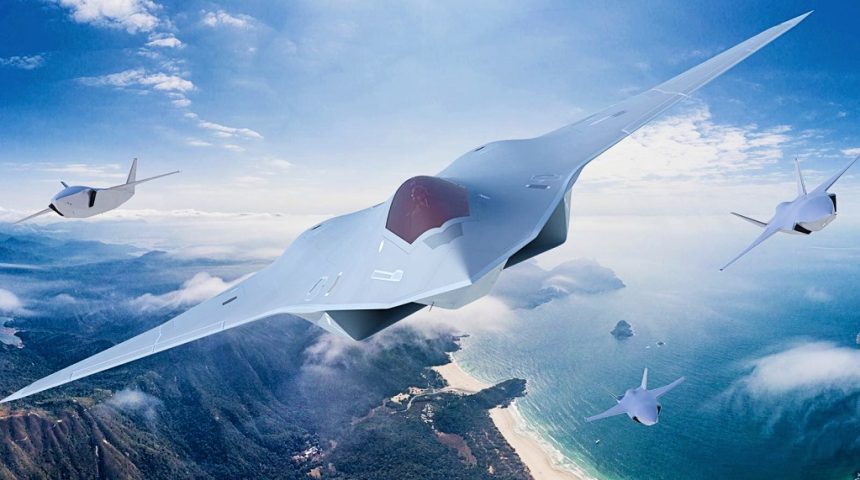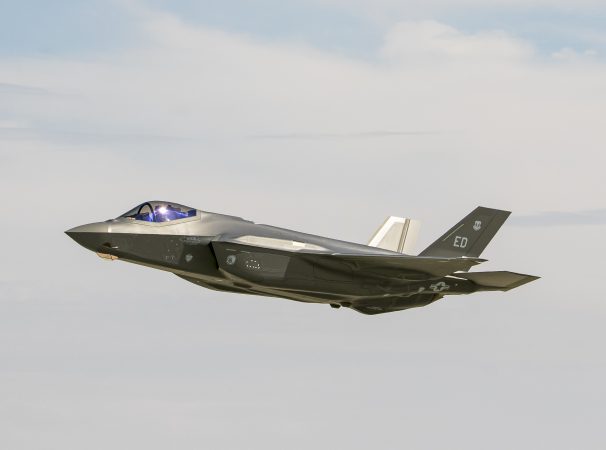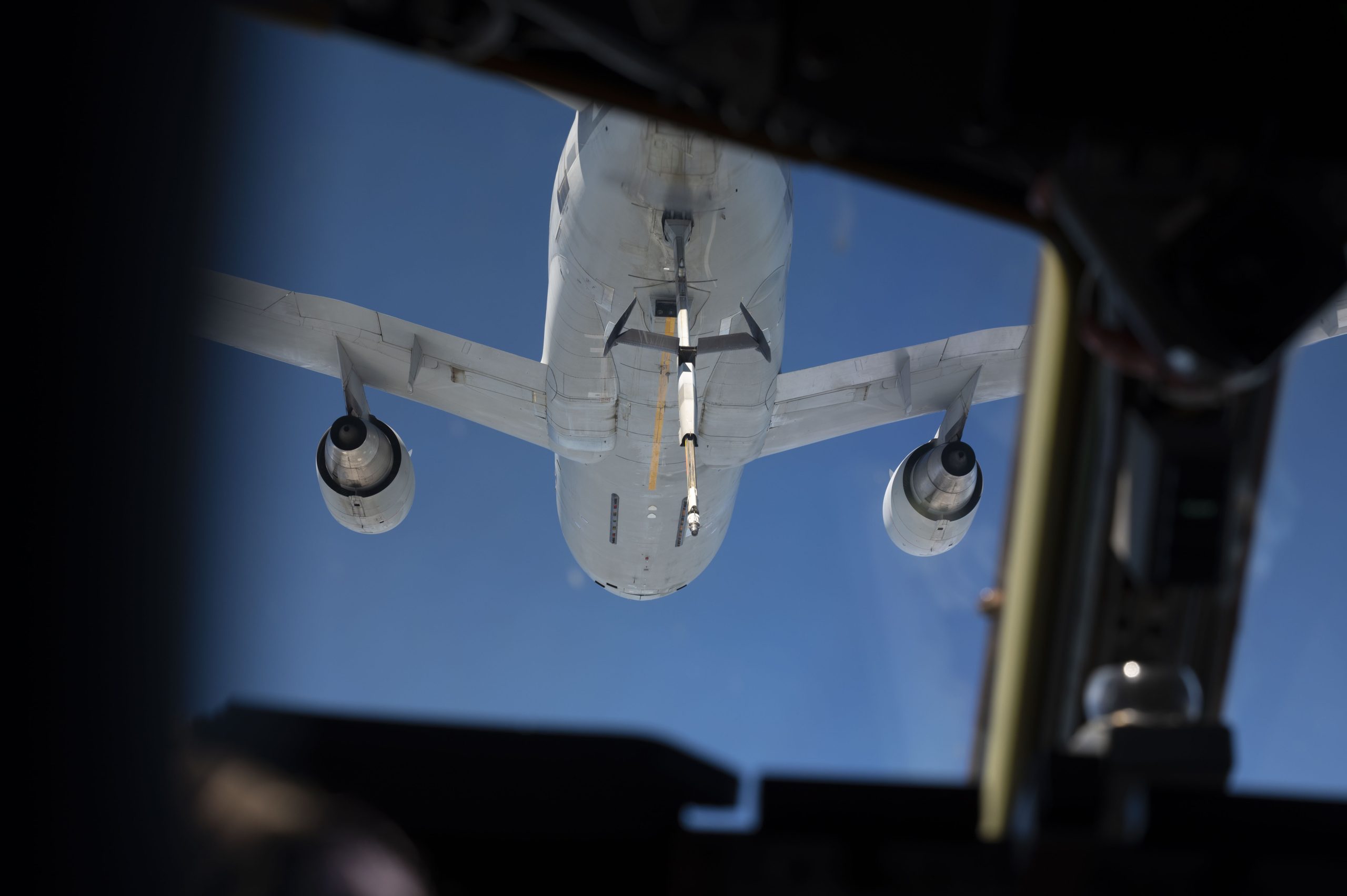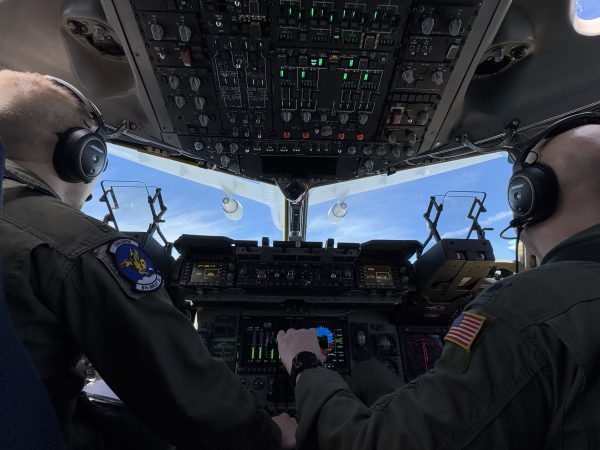The Space Force’s newest weather satellite successfully completed testing and achieved initial operational capability, the service announced April 24, ushering in a new era in space-based weather. But USSF continues to consider commercial means to supplement its own weather technology.
The first Weather System Follow-on—Microwave satellite, launched last April, completed all required calibration, validation, and operational trials, Space Systems Command announced.
“The performance of the first WSF-M satellite during on-orbit evaluations exceeded our expectations,” Col. Daniel Visosky, SSC senior materiel leader, said in a statement. “The calibration campaign was exceptionally smooth, allowing us to declare operational acceptance even faster than we expected.”
Space Sensing director Col. Robert Davis told reporters at this month’s Space Symposium that even before the satellite had been accepted that USSF was using “data in some aspects operationally today.”
Military planners depend on accurate weather forecasting. “The data gathered by WSF-M will be provided to meteorologists in support of the generation of a wide variety of weather products necessary to conduct military mission planning and operations,” the command noted in its release.
The new satellite is the first in a series of moves necessary to modernize USSF’s aging weather satellite fleet, including the 1960s-era Defense Meteorological Support Program, which is nearing the end of its useful life. A second WSF-M satellite is slated for launch in 2026 and an Electro-Optical/Infrared (EO/IR) Weather Systems cubesat was also recently launched. The Space Force plans to launch two more EWS satellites in the coming years.
Commercial satellites will supplement the military-specific systems, Davis said at the Space Symposium.
“The nations of the world have long collected this data and made it publicly available, sharing amongst nations for mankind’s sake, to predict weather, save lives, all that stuff, right?” he said. “And so that’s where we have a world today, where it’s like a public good, made available for free. The business cases for people to get in there and do commercial, it’s a little more of a challenge. That being said, there’s a role, I think, for us to explore.”
Since Davis’ remarks earlier this month, reports have emerged that the Trump administration is interested in privatizing some government weather satellite programs, such as those operated by the National Oceanic and Atmospheric Administration. Commercial space firms, meanwhile, are also investing to develop private weather satellites. ACME AtronOmatic, which runs the MyRadar app, plans to launch upwards of 200 weather satellites.
“We are filling gaps and observational coverage and also trying to shrink the time between detection and decision,” said chief technology officer Sarvesh Garimella. His firm already has a contract with the U.S. Navy to provide forecasting technology.
